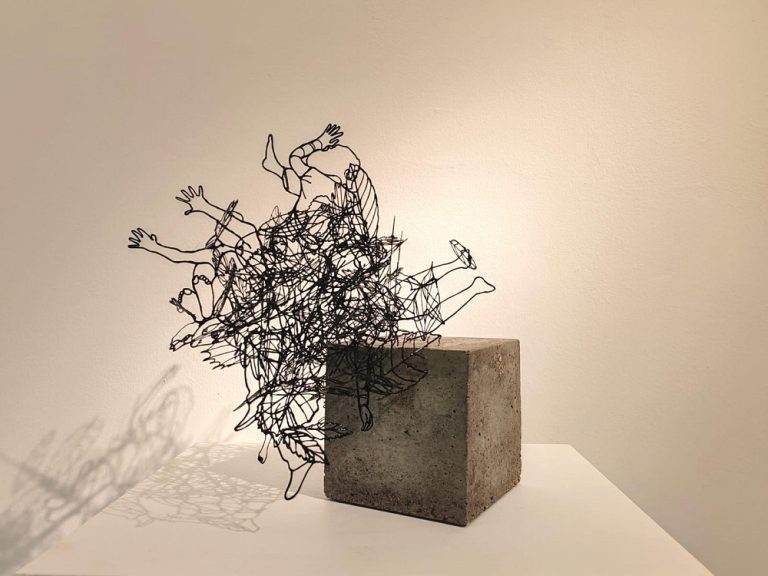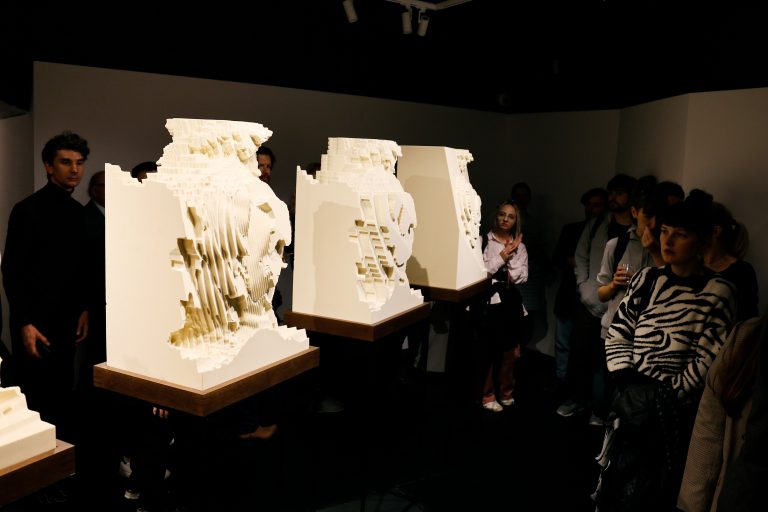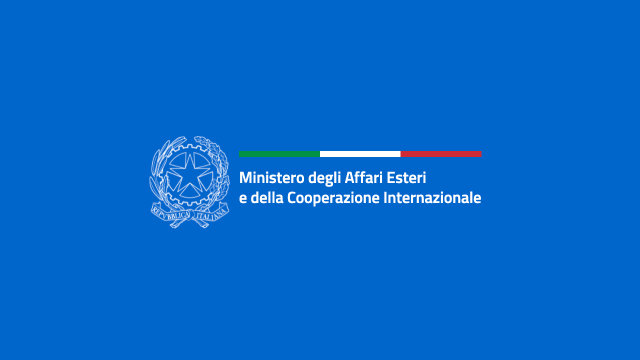An installation by Mario Merz on display at the Italian Embassy in Madrid inaugurates the “Contemporary Day”. The work, exhibited at the Palacio de Amboage, headquarters of the Embassy, is the ‘overturned bottle’ made available courtesy of the Mario Merz Foundation on the occasion of the retrospective “El tiempo es mudo”, which the Reina Sofía Museum in Madrid dedicates to the Italian-Swiss artist at the Palacio de Velázquez-Parque del Retiro. Conceived in the Sixties, the installation is six meters high and was re-proposed several times by Merz in the course of his activity using different materials and dimensions. The ‘overturned bottle’ will be installed in the Embassy’s garden and inaugurated in the presence of Beatrice Merz (daughter of the artist and President of the Foundation), the Italian Ambassador Stefano Sannino, the Swiss Chargé d’Affaires Daniel Haener and the Director of the Reina Sofía, Manuel Borja-Villel. “We are particularly happy – said Ambassador Sannino – to welcome this side event to the exhibition that the most prestigious Spanish museum of contemporary art has decided to dedicate to Mario Merz, a point of reference for Italian and international art in the years that followed World War II and a protagonist of the major movements, such as poor art, that have characterized the history of our Country, in particular since the Sixties “. “For six months – he added – the ‘overturned bottle’ will be part of our everyday life and of all the people of Madrid who will decide to visit it. And we will be able to recognize in the installation the distinctive features of Merz’s participation in the movement of poor art, including the use of items from our daily lives, like a bottle, upside down, empty but lit by a neon, from which comes a stream of light that is vital energy “.
Header, social and menu of site
Merz grew up in Turin. He joined the anti-fascist group Giustizia e Libertà during the Second World War and in 1945 he was arrested and imprisoned for distributing leaflets. After the Liberation he devoted himself full time to painting, beginning with an abstract-expressionist style and then moving on to an informal treatment of paintings. In the mid-1960s he began to abandon painting to experiment with different materials, such as neon tubes, with which he pierced the surface of canvases to symbolize an infusion of energy, and then iron, wax and stone, with which he experimented to produce the first three-dimensional assemblies. The spirit of the 1968 protest movement and the idea of political and social renewal that it conveyed were reflected in his works: Merz used neons among other things to reproduce the protest slogans of the student movement. In those years he began to create archetypal structures such as igloos made with the most disparate materials which became typical of his art work.



